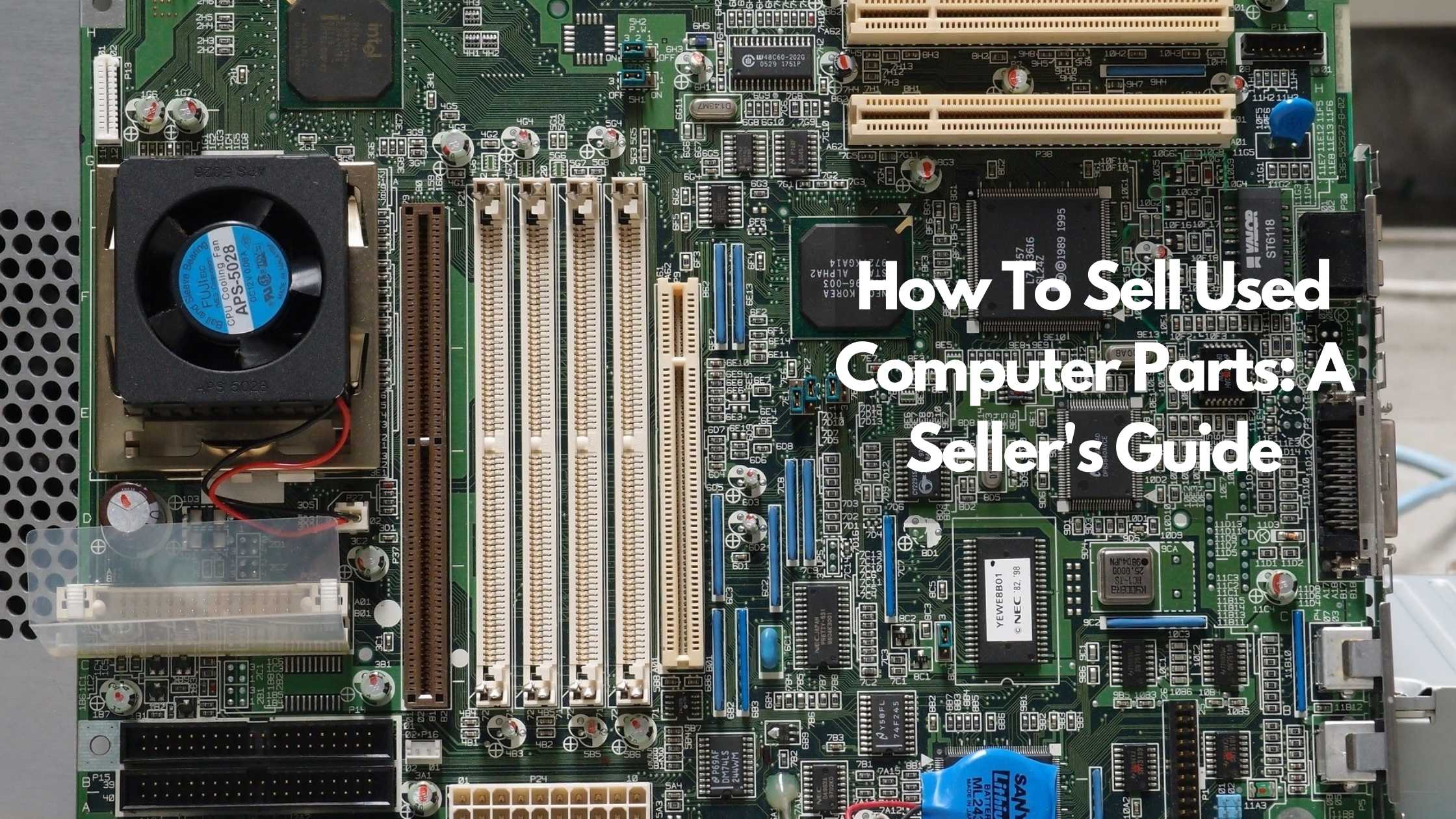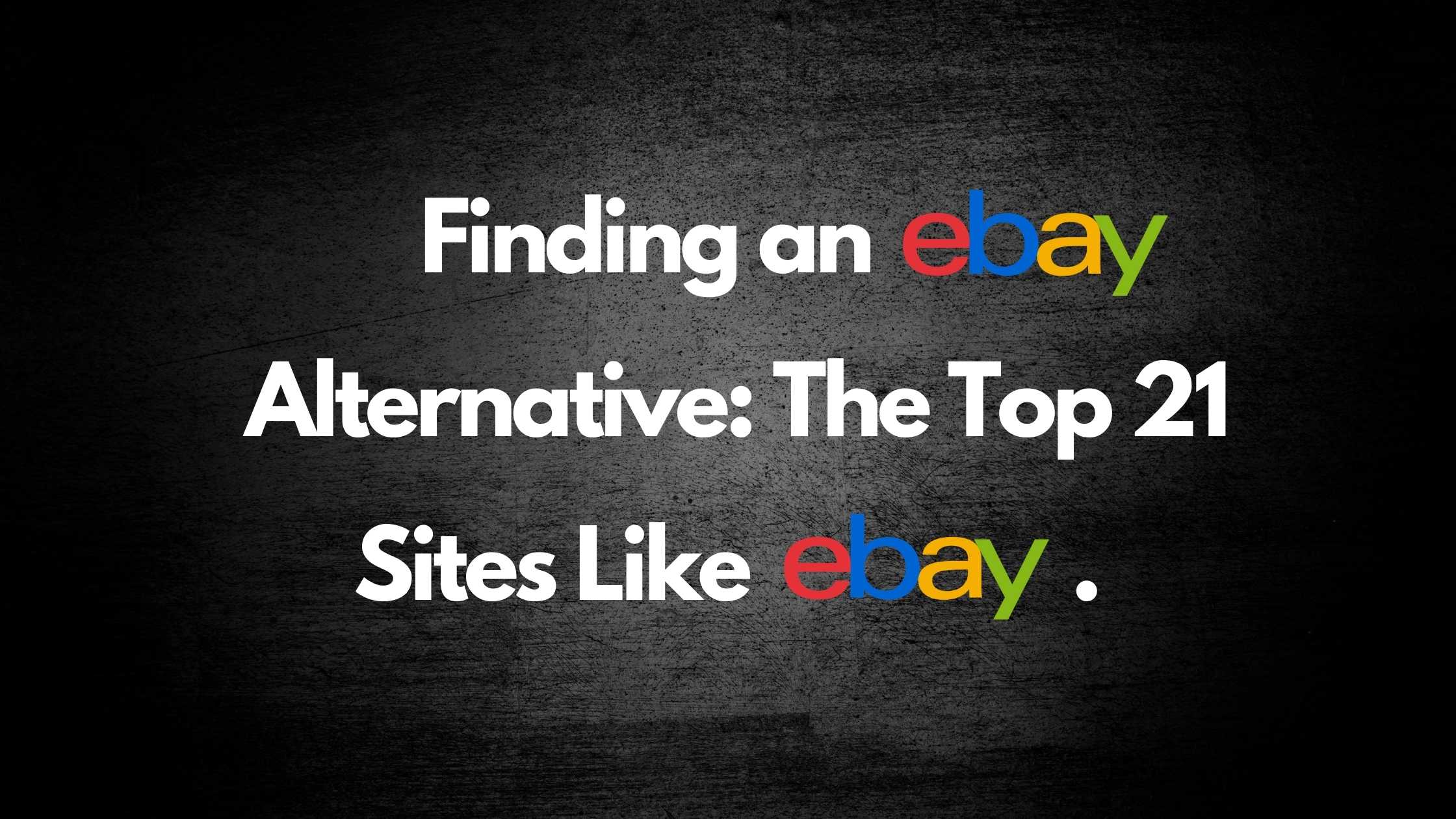
How to Sell Your Valuable Coins?
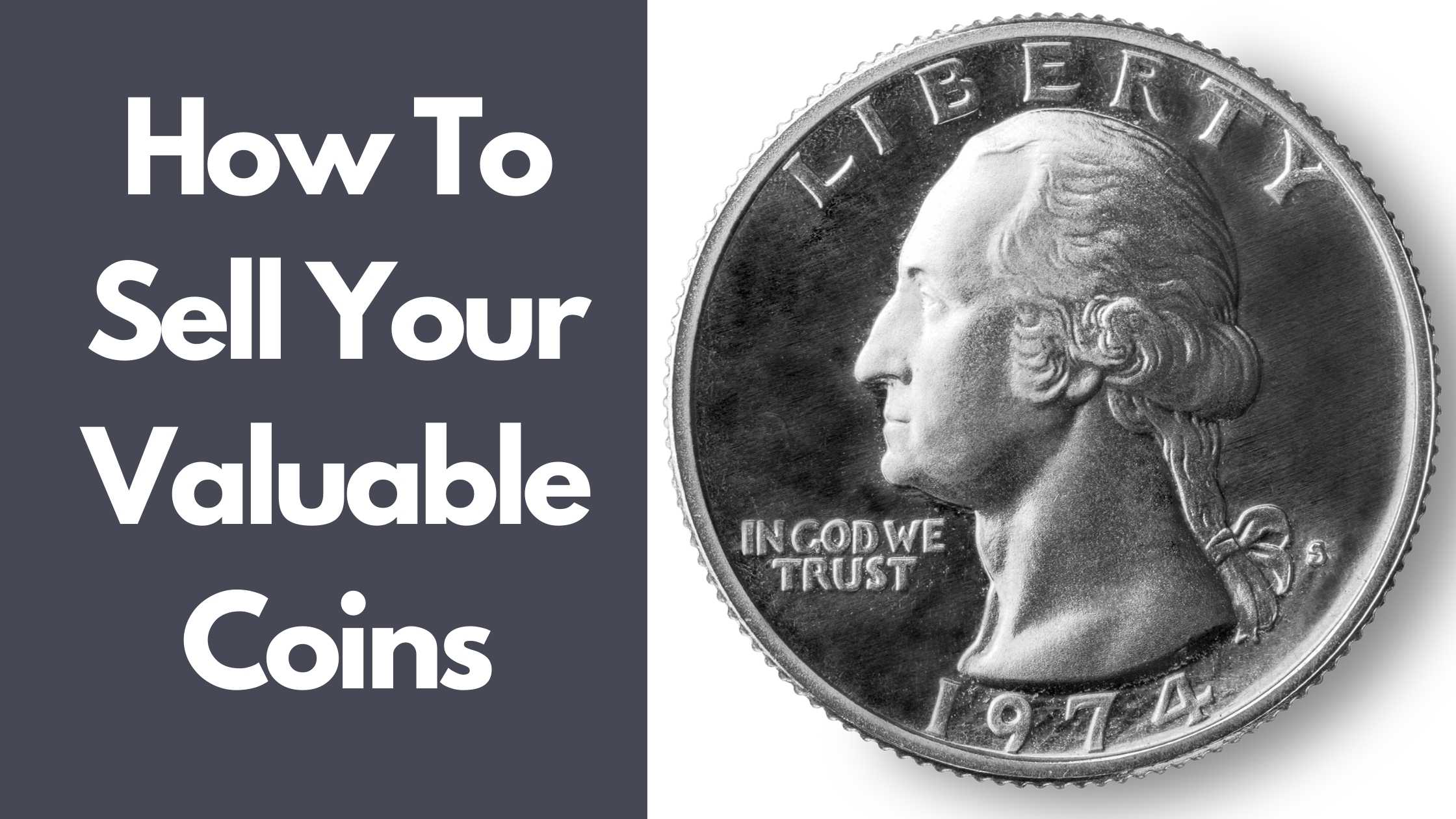
Every collector worth his salt is ardently in search of valuable coins. There’s no shortage of avenues to sell them.
The real challenge is finding a buyer who appreciates the time it took to build such value and is ready to pay top dollar for it.
It can be daunting figuring out where to start plus how to package yourself and the collection to attract the best vibes.
With this understanding, we carefully put together facts in this article that will give you ideas on how to sell your valuable coins.
How to sell my valuable coins?
First, figure out what a good deal looks like to a potential buyer. Weigh it from all possible angles, put yourself in their shoes. Then focus on targeting only the buyers who specialize in your valuable coins collection, would appreciate their value and would be willing to pay top dollar.
How to sell your valuable coins for top dollar?
By now, it has dawned on you that this is no easy feat. It’s simply not enough to have valuable coins. You must have a strategy to net the perfect buyer for the best possible price.
And what’s the perfect plan?
Don’t recreate anything when there are already verified methods that you can perfect. The comfort here is that this has been done before.
Typically speaking, there are distinct guidelines that successful sellers adhere to.
- Understanding the value of their coins makes them aware of what to expect as a reasonable offer.
- Certain coins sell best to specific buyers. Low value, medium, and high value coins each have their unique best-selling practices.
For an in-depth look at how to make a profit from selling coins, take a look at this article Buying and selling coins: A comprehensive guide.
With these, here are some pointers to build a robust working plan.
- Understand your coins
Yes, you know your coin collection is valuable because you can identify most of what is necessary to value a coin (besides its rarity) like these five critical elements:
The surface condition, which is the severity and number of spots, scratches, and marks on its surface.
2. Strike refers to how robustly a design is stamped on a coin.
3. Coloration looks at how much the coin has changed from its original color and discoloration. This could be due to age, improper cleaning, storage, or handling of the coin.
4. Lustre defines how much of the original shine is still intact.
5. Visual appeal incorporates all of the above elements
But beyond this, do you really know your stock?
Can you tell a story about it? Because the amount of money you can get for your collection and the buyer’s interest strictly depend on what type of coins you have.
- The different types of coin collections
According to coinappraiser.com, there are ideally four types of collections.
- True Collector Coin Collection: A collection put together by someone buying from dealers or at auction. It’s striking because of the clear intent evident in putting it together. There was an intelligent goal to the collection, and real-time and money were spent to assemble the collection.
- Hoard: A picker or opportunist put together a hoard. Most collections of these kinds have lots of 90% silver and/or heavily circulated coins from the 1800s and newer.
- Mint Products Collection: This consists of proof sets, mint sets, and bullion products from the 1960s and newer ones purchased directly from the US Mint or its resellers.
- Late Night TV Collection: These types of collections usually have Franklin Mint products, coins that are framed, certificates of authenticity, etc.
Remember: Handle coins by the edges to avoid spoiling the surface. Leave them in their existing holders and don’t clean any coin as buyers avoid these or heavily discount them.
- Look beyond the price guides
Everything looks good on paper, yet when it comes to the practicalities, you’ll be surprised. In the business of buying and selling, there are plenty of factors at play. For instance, what’s the drive for profit? If a buyer knows that he stands to make an extremely tidy sum from your collection, nothing will stop him from bidding from it.
- Presentation
Instead of a catalog, create a look book that also comes with a video. This book will be an experience in itself because of the captured photo details and quality, descriptions, and paper print all representative of your coin collection’s value. The description must include the year, mintmark, and denomination. The look book will further demonstrate your seriousness, the fact that you know what you have, and that you accept nothing but the best for it.
- Be honest and straightforward.
When dealing with people, always remember the six degrees of separation. An idea that presumes everyone is six or fewer social connections away from each other and, as a result, can be made to connect any two people in a maximum of six steps. That said, introduce yourself respectfully, informing that you have this collection to sell and are therefore looking for potential offers before settling.
- Manage your expectations
Coins are priced based on what they’ve previously fetched. That’s the standard M.O. No matter what anyone says or lists, the fact remains if it sells for $500 at auctions, then that’s what it’s worth, and it’s reasonable for a buyer to pay within 10-25% of that price.
- Shop around
Coins are collectibles and could therefore be of intrinsic sentimental value to someone. It’s crazy what some people are ready to part with just to acquire some of these items. So, look for offers, and when you’re sure you’ve got a deal, settle on it. Once you’ve settled on a buyer, inform everyone who gave you an offer so as to build lasting connections that you can leverage in the future.
Now that you’re equipped with your perfect plan, below are three options you can take to further reach your target buyer.
Sell directly to collectors.
There’s a lot to be gained by taking this route. You get to fully control the transaction and reap 100% without parting with any fees or commissions.
Still, it can be risky since it’s a skill that takes time to perfect, and there are plenty of scammers out there. The best way to start is by selecting accredited and reputable dealers and sites.
Amass the knowledge, build connections and networks that you can easily rely on overtime. Remember that the door swings both ways, be fair and honest in your dealings, and you’ll reap the benefits.
Use a coin auction.
Selling coins at auction has consistently proven to be one of the best ways to achieve the highest possible returns for collectibles like coins. But it all depends on the reputation and expertise of the auction house you elect to work with.
Auctions can either be physical (public) or online. If you can find auctions dealing in or with the expertise to handle a collection like yours, you’re in a good place.
Stay open-minded because there are no guarantees that you’ll get what you expect as there could be limited bidding. Yet you could also be shocked to find that your collection has exceeded expectations.
Something else: Expect to pay a fee of about 10 -15% of the final price, so weigh your options before signing up.
Sell them to a coin dealer.
To find one that you can work with, research coin dealers to find those with positive reviews and accreditation from well-known numismatic organizations.
An honest dealer should be willing to provide you with their current buying rates for your type of collection on their website or over the phone.
To know you’re in for a fair deal, most reputable dealers will refer to “The Official Blue Book: A Handbook of US Coins” by R.S. Yeoman or “The Coin Dealer Newsletter,” also known as the ‘grey sheet.’
In this regard, the “Blue Book” will provide more accurate pricing information for rare and valuable coins.
Expect quotes to range anywhere from 60% to -80% of the stated value based on the particular collection’s rarity and market.
The Do’s and Don’ts (how not to sell).
Do’s
- Do confirm in advance the form of payment that will be provided. Some buyers will only issue checks, while others will give you the option of receiving payment in cash, a cashier’s check, or a company check.
- Do ask any questions you might have during the price comparison process and don’t feel intimidated by a buyer’s knowledge and experience level.
- Do go for a lengthy sale period, at least 45 – 60 days. This will ensure you have adequate time for preparation, to market, and give the buyer time to pay if this becomes a factor.
- Do pick the right time to sell your coins. That’s around January and July or August. You’re likely to be more successful around the time people are in the mood to buy coins, unlike summer, when they’re vacationing or winter.
- Do take time to attribute your coins. You can do this yourself or send it to an attribution service; even a trusted collector can do it for you.
Don’ts
- Don’t be in a hurry to sell unless you’re severely cash strapped. Unscrupulous buyers can catch a whiff of desperation and could use it to buy your collection for less value.
- Don’t go to a pawn shop; you’ll only get a fraction of the value. Be patient, and you’ll reap what’s right. Also, don’t go to a business that’s set up in a temporary location.
- Don’t walk into a coin store and ask how much they can give you for the collection because It just proves you don’t know your collection’s value, thus exposing yourself to a potential ripoff.
- Don’t conduct business with anyone unwilling to provide you with an online quote or quote over the phone. While some coins require an in-person evaluation, a sight unseen quote or a price range should still be provided contingent upon review and confirmation of the coins’ authenticity and condition.
- Don’t allow yourself to be pressured to sell your coins and don’t be baited or controlled with all manner of techniques aimed at getting you to relent.
- Don’t conduct business with anyone unwilling to provide you with documentation or justification for a quote. In other words, they should be willing to share with you the guides or newsletters that they’re using to value your valuable coins or coin collection.
How to sell coins online.
To be a proficient seller, it’s crucial that you become perfect at grading your coins. Honesty on the online platforms is highly valued as is the knowledge to aptly describe your products to buyers.
Next, pay attention to how the more adept sellers write their descriptions, the terms, and adjectives they use.
Selling online isn’t difficult as long as you adhere to their consistent rules, go out of your way to make buyers happy (within reason, of course), and keep up with industry trends.
If you’re thinking about selling online, consider listing on Sheepbuy. On the basic tier, you can have up to three active listings at any given time, free of charge. You also won’t pay a commission on sales. For more information on Sheepbuy, click here.
Conclusion
Strategies on how to sell your valuable coins may look easy to a bystander, but you’re the only one who understands how much grit and passion goes into selling them.
As a summary, you’ve got to:
- Understand your coins
- The different types of collections
- Look beyond the price guides.
- Presentation
- Be honest and straightforward.
- Manage your expectations
- Shop around
As much as selling coins can test your patience, there are plenty of excellent channels to lead you to that ultimate buyer.
Recommended Blog Posts:
TRENDING


Online Arbitrage for Beginners (Step-by-Step Guide)
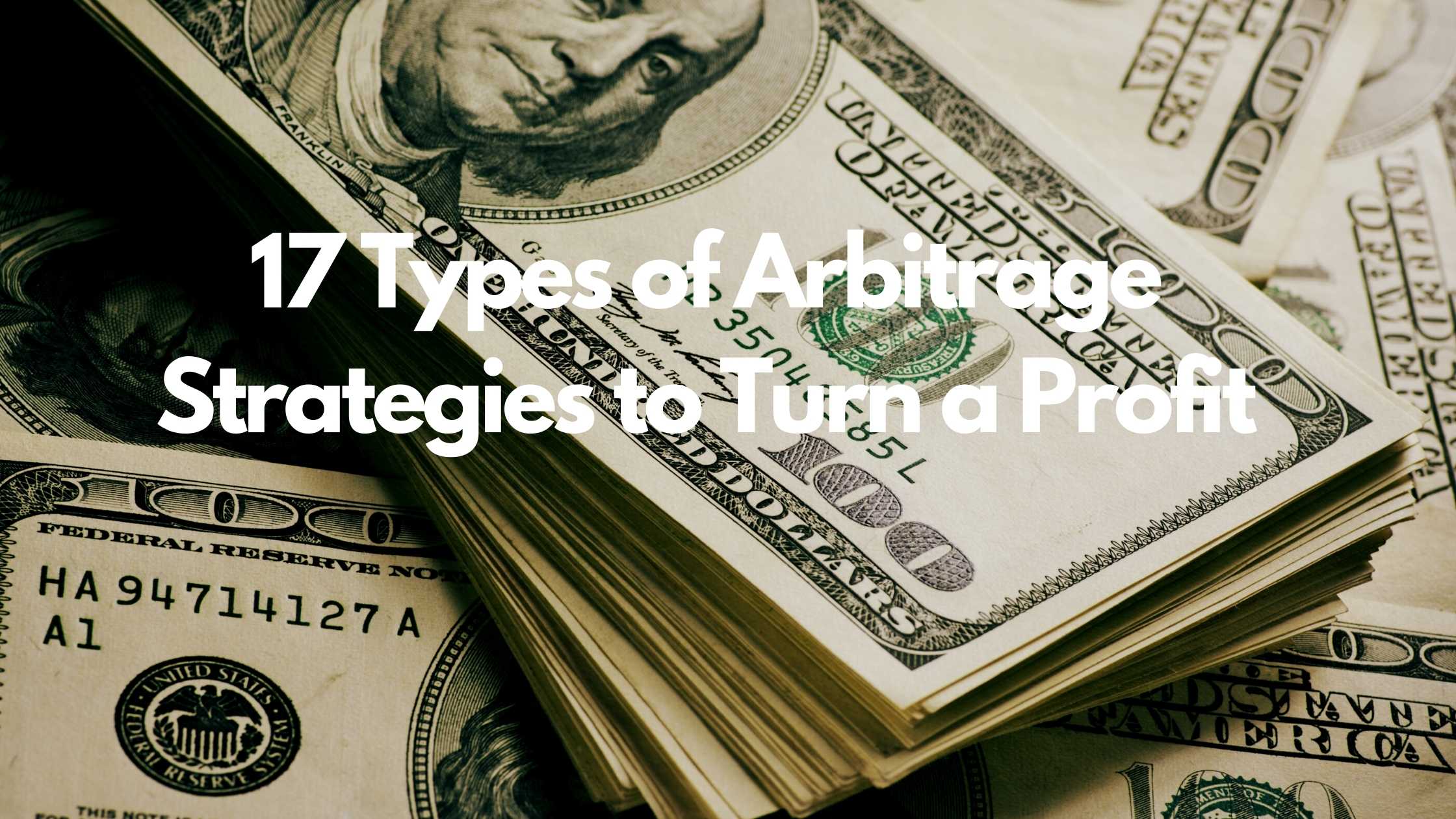
17 Types of Arbitrage Strategies to Turn a Profit
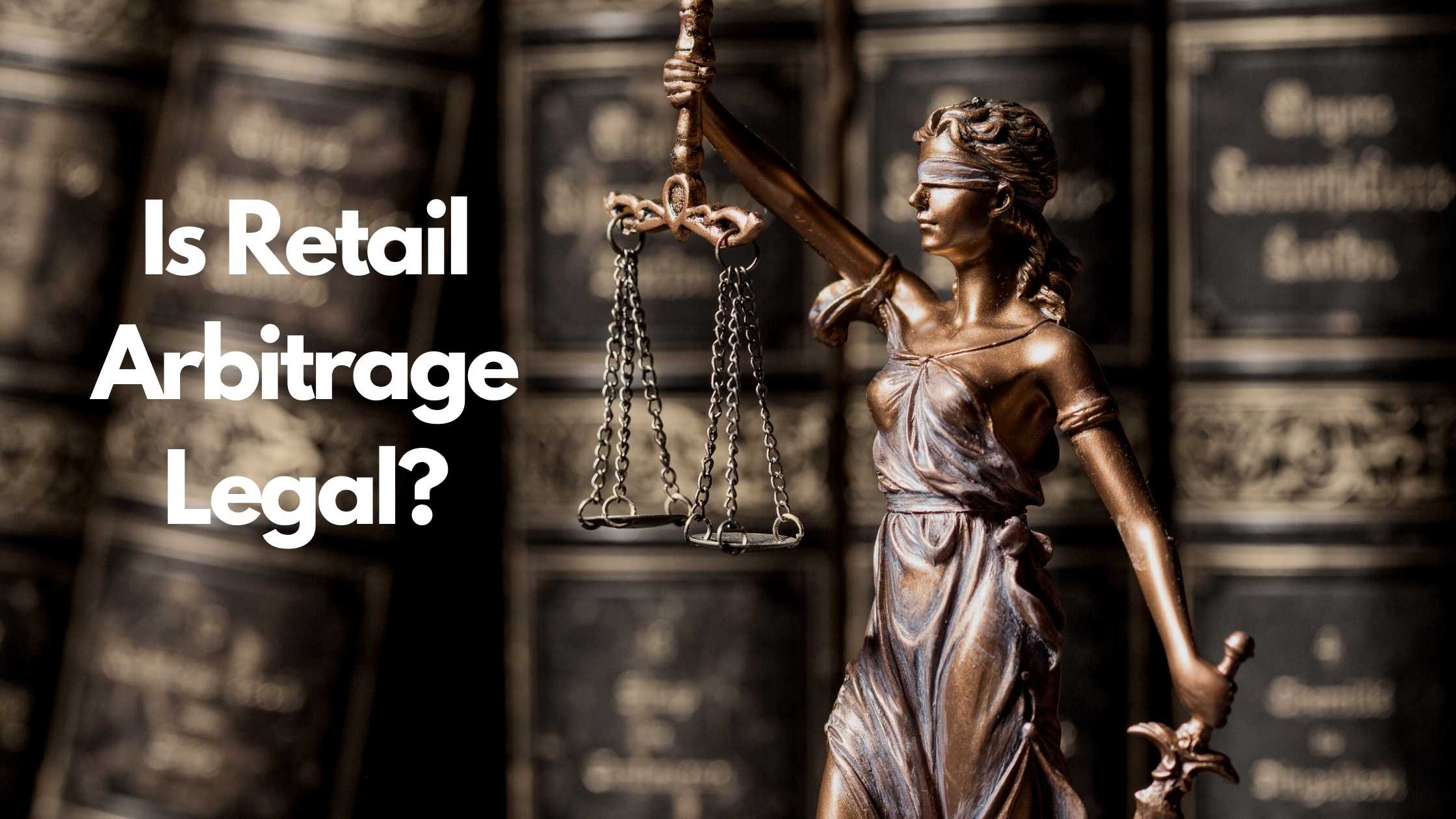
Is Retail Arbitrage Legal?
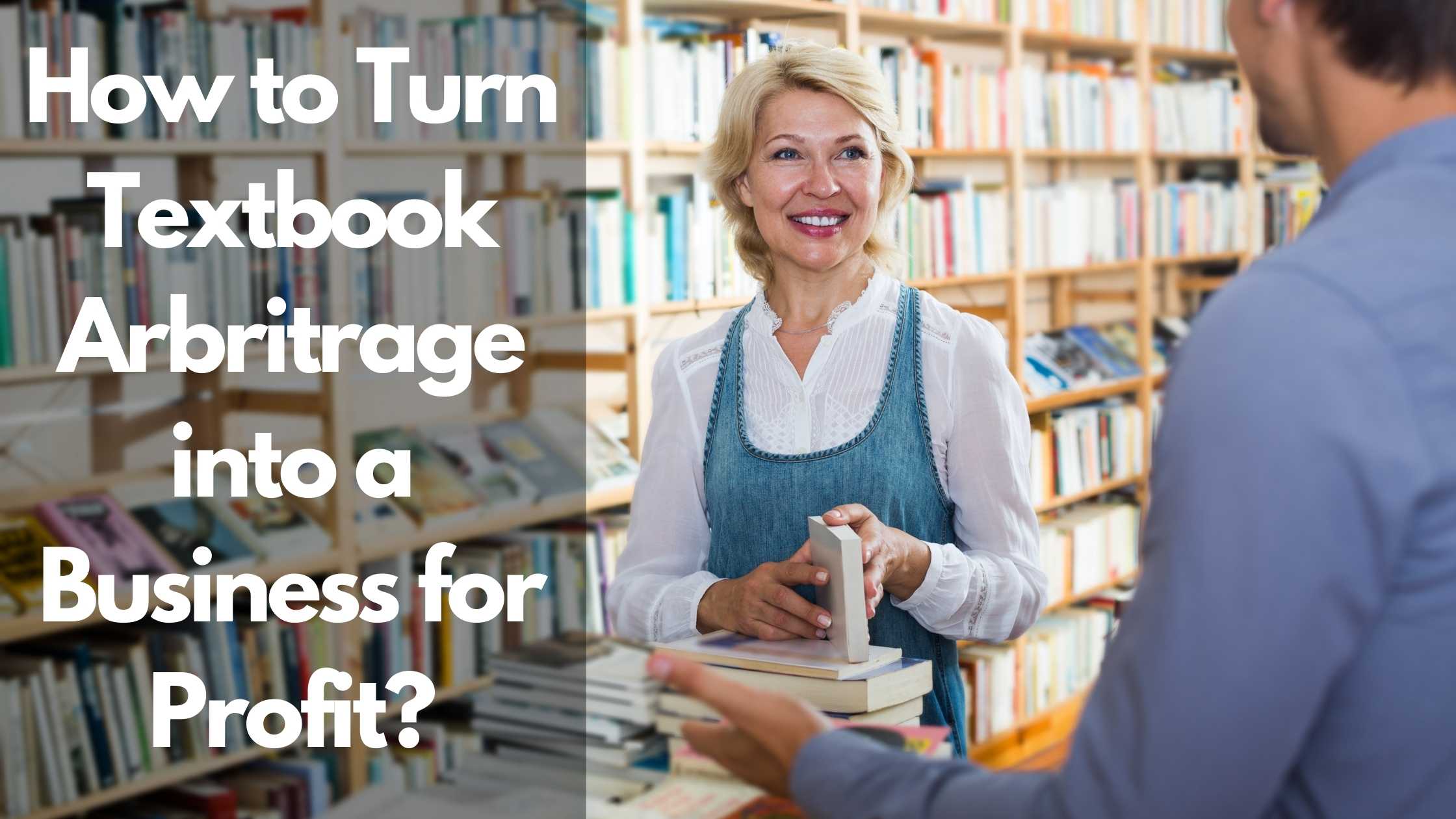
How to Turn Textbook Arbitrage into a Business for Profit
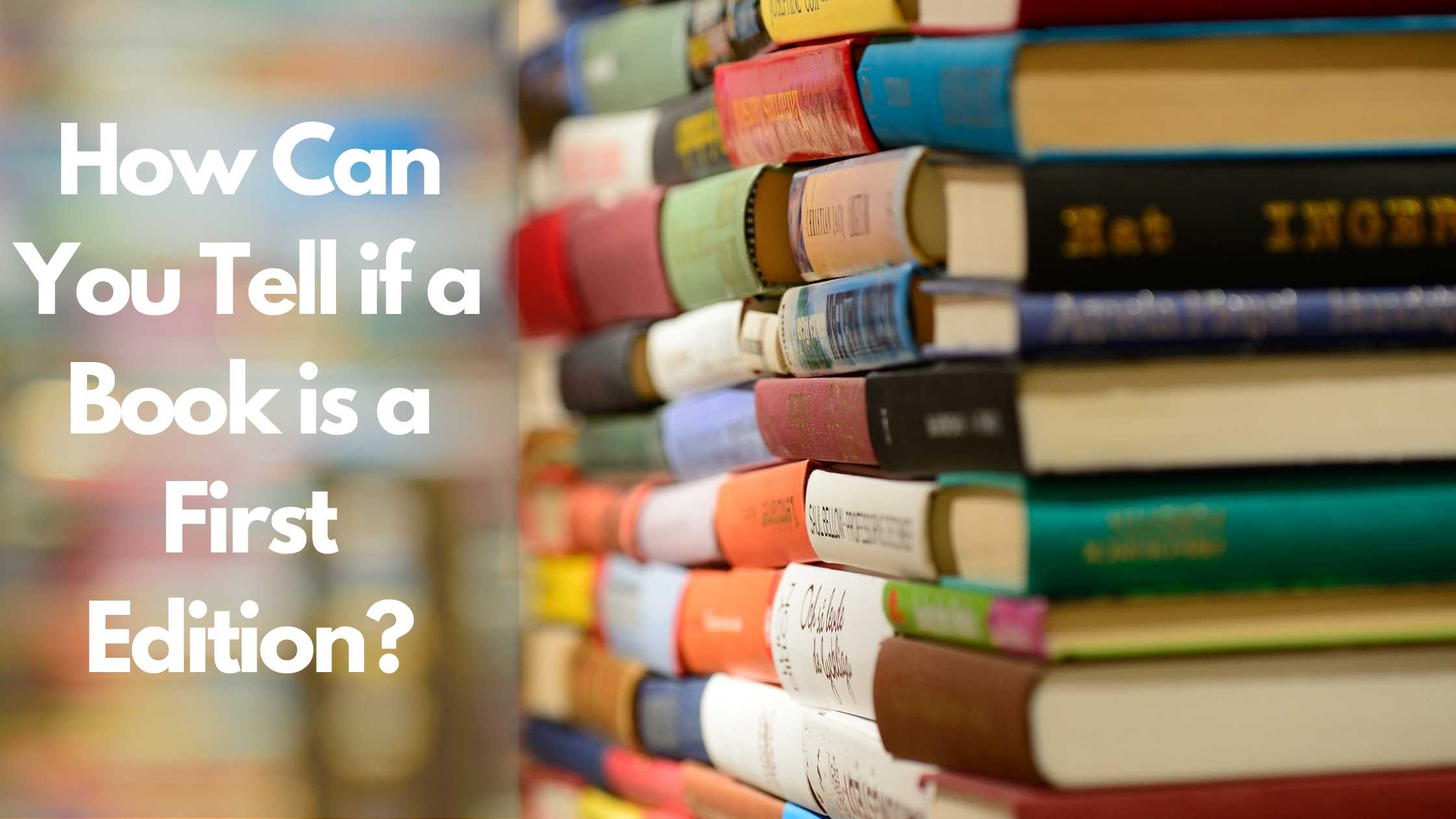
How Can You Tell if a Book is a First Edition?
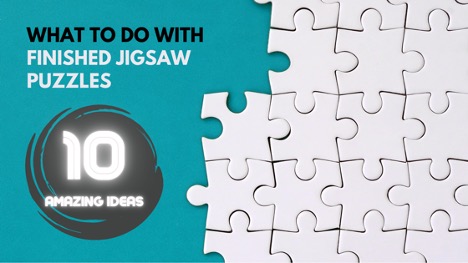
What to Do With Your Jigsaw Puzzle When Finished?
